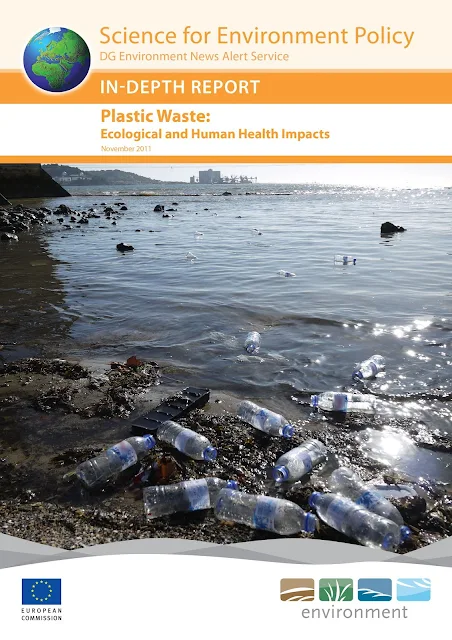Appendix XI : Environmental list and photographer
Sebastian Copland
" Sebastian Copland is a photographer and environmental advocate
using messages of urgent global significance for the world to revue and
understand. His book Antarctica which he produced with Sir Richard Branson won
him a Professional Photographer of the year award in 2007. Sebastian has been
an international speaker of climate change crisis for many years. He has been
warning of systemic transformations taking place in the polar regions from
anthropogenic activities and their geographical consequences.He is also an
explorer and has been listed in the worlds top 50 explorers globally. Copland
has led expeditions across the Artic sea, Greenland and Antarctica and has
reached both poles on foot. He has also produced documentary films including
the North Pole and Greenland.
Human induced climate change is being researched by numerous scientists
across the globe recognising the volume of the shrinking ice cap and “feedback
effect” of melting ice caused by warming trends
The indigenous populations of the polar regions have been effected by
climate change, their way of life and culture is under threat in the same way
in which animals are being effected by the reduction of ice in the
region.
“For the Artic’s population 4,000 years of adaptive evolution have
proven no match for the carbon economy’s global impact. The Artic was an
ecosystem which worked in harmony, relying on a balance of behaviour, hunting
cycles and seasonal migration. The poster child for climate change in the Artic
may well be the polar bear and for good reason: the spreading retreat of the
sea ice is challenging this magnificent preditors survival skills faster than
it can adapt, endangering species the enevitable conclusion.
The Artic is one of the more hostile environments on Earth and it is
also one of the more fragile.
While the loss of culture and biodiversity may seem like a sentimental
tale and the price of doing business -it is really a cautionary one as the
Artic foretells changes for lower latitudes. The polar regions act like an air
conditioner for the world. Warmer temperatures and the melting in the Artic is
already creating a feedback loop across our planet, with increased heat waves,
droughts, and fires. Meanwhile, the melting of land ice and resulting sea-level
rise is having consequences across the globe. On Nedar island, my Caribbean
home, shifts in Ph balance of the ocean and rising sea levels add to the
existing environmental stressors in marine environment. Climate change is
affecting all areas and all people”. (Sir Richard Branson)
"Sustainability
is about redefining the business landscape so that it works for the future.
Since the start of the industrial age, growth has come at the expense of
nature. But building wealth comes from learning how to work with nature and
celebrate it. On the balance sheet, that means recognizing the well being of
people and the planet in equal parts: one should not exist without the other.
Our responsibility today is to acknowledge the warning signs and fundamentally
redefined our attitudes towards nature and our actions, before they are
redefined for .(Sir Richard Branson)
Ocean Theme
The oceans contain a huge variety of life recent
estimations conclude their are up to 2 million species found in and around
coral reefs, the sea produces around half of all oxygen we breath( thanks to
phytoplankton, tiny single cell ocean plants). The ocean also sequences large
amounts of dangerous carbon dioxide. The ocean regulates our climate, cool
waters soak up heat from the sun, they are a big part of our life support
system. It is estimated that that 8 million tonnes of plastic waste is dumped
in our oceans and it is set to double by 2025


































